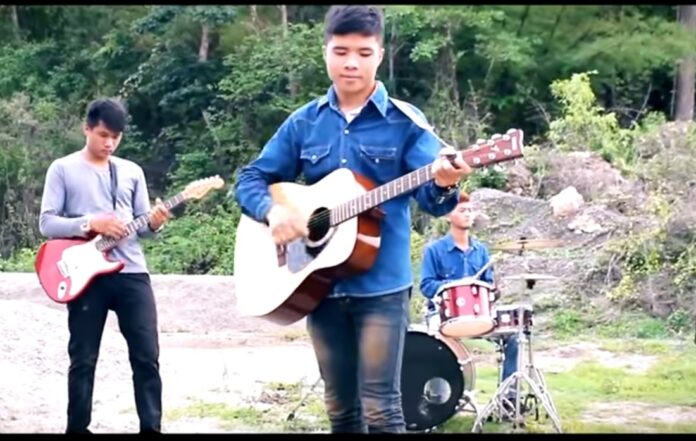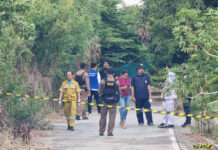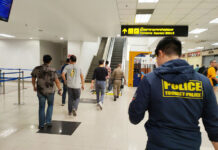
BANGKOK — The army’s account about the chain of events which led to shooting a Lahu ethnic activist to death last week at a checkpoint was disputed by an eyewitness who said he saw the whole thing.
The witness said in a television interview that soldiers physically assaulted Chaiyaphum Pasae and then shot him to death when he tried to run away. That directly contradicted the military’s version in which Chaiyaphum, a campaigner for stateless people’s rights, brandished a hand grenade at an army checkpoint, forcing the soldiers at a checkpoint and was shot to death in self-defense.
Read: Army Defends Killing of Ethnic Rights Activist
The unnamed eyewitness gave his account to Voice TV in an interview posted Wednesday night. The article disappeared on Thursday morning before coming back online in the afternoon, sparking speculation on social media the station had been censored. Voice TV editor Pinpaka Ngamsom said the article was taken down for editorial review for fairness, and the military wasn’t involved.
Through an interpreter, the hill tribe witness said soldiers stopped the car Chaiyaphum was riding as a passenger at a checkpoint in Chiang Mai province on Friday morning. Soldiers told the two men to get out of the vehicle, but Chaiyaphum refused, leading to an argument, and one of the soldiers eventually dragged him out, the witness said.
At some point a soldier fired a shot into the air and more soldiers arrived, according to the witness, who understands spoken Thai. Soon a group of six were kicking and slapping Chaiyaphum. When the activist managed to get up, the witness said he tried to run away, and that’s when he said several shots were fired.
“The soldier, he was the leader or whatever, I don’t know, shouted ‘Shoot him! Shoot him dead!’ So they fired three shots,” the witness recounted.
The authorities said it was Chaiyaphum who prompted the soldiers to use force because he produced a hand grenade was about to throw it at the soldiers. Police also said 2,800 amphetamine tablets were found in the car and alleged the young man was a known drug mule.
Chaiyaphum’s ID said he was 21, but those who claim to know him maintain he was 17, and blame the discrepancy on the lack of legal birth registration for hill tribes and stateless people.
The interview comports to what is claimed by Sumitchai Hattasan, a civil rights lawyer representing Chaiyaphum’s family, who said he has evidence that can disprove claims made by the authorities.
The lawyer also said there were many other eyewitnesses who saw the killing.
“There are many witnesses, because the scene took place close to a residential area. There are shops, bus stops and people waiting for buses,” Sumitchai said by telephone. “It depends on whether police will question them. If they don’t, we have the rights to submit their testimonies to the court for consideration.”
He said he would release the information after discussion with his team.
On Thursday, a regional army commander defended the killing, saying the soldiers had to defend themselves from Chaiyaphum.
“If it were me, I might have switched to full auto already,” Lt. Gen. Vichak Siribansop told the media. “But they only fired one shot while the other person was throwing a grenade. I think it’s a reasonable case of self-defense.”
Chaiyaphum’s death and the circumstances laid out by the military prompted an outpouring of disbelief online, where the activist’s death was the most discussed topic during the weekend.
Supporters and friends said it was inconceivable to them that the man, known for producing songs and teaching hill tribe culture to children, had any involvement with drugs.
Additional reporting Sasiwan Mokkhasen

















































